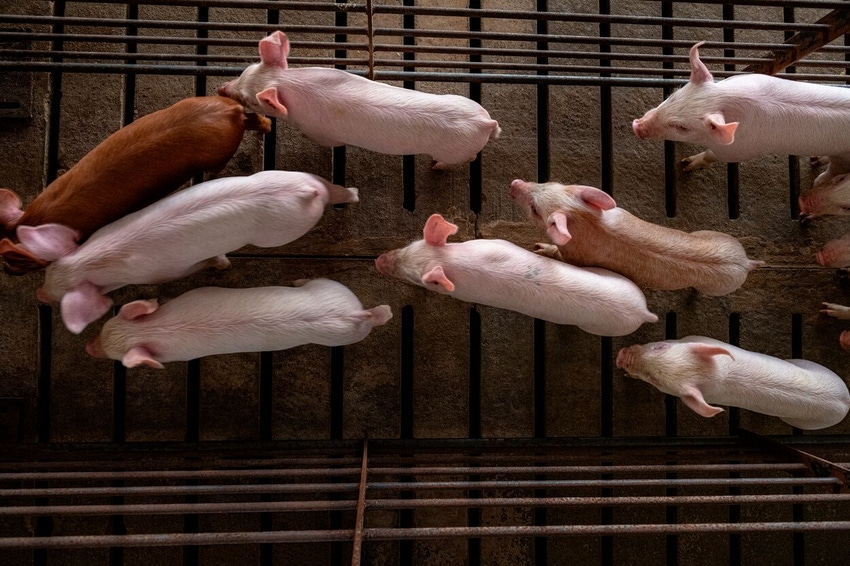With the industry's current cost structure of $94.54 cwt, producers are losing $57.10 per hog assuming no risk management decisions impacting the bottom line.
April 19, 2023

Having been involved in farming my entire life, I understand agriculture is cyclical in nature and not everything goes according to plan. Looking at it from the other side of the desk, I have gained a different perspective on steps people should take to help them navigate adverse times.
Based on the Professional Ag Marketing crush model, with the hog market's recent drop we have seen the profitability opportunities diminish from $14.39 per head on March 13 to minus $11.54 on April 18. That is almost a $26 move in the wrong direction in just 36 days and has changed the dynamics of the swine industry. It's not like we haven't experienced this in the past, but as someone told me recently "hope might be therapy but is not a strategy."
So, what can you strategically do to help make it until more profitable times? The first place I recommend you start is by looking at your burn rate. For those not familiar with that term, your burn rate is the amount of available cash or borrowing capacity remaining on your operating line that is needed to run your operation. This includes all expenses to vendors, labor, feed and, just as important, your family living expenses.
In order to calculate this amount, you need to know your current cost of production. If you haven't looked at that number recently I would encourage you to spend some time with your accountant verifying what your current costs are. I can tell you that feed, labor and energy costs have all increased.
At Compeer Financial, we recently finished compiling the database information we get from producers across the country. In 2021 the average cost of production was $81.94 hundredweight. That increased to $94.54 cwt by year-end 2022, or $27.13 per head based on a 215-pound carcass.
I understand that cost structures as well as revenue opportunity can differ across operations. For this exercise I am using the national average price from April 18 of $67.98 per cwt, or a total revenue of $146.16 per hog sold. With the industry's current cost structure of $94.54 cwt, or $203.26 per head, producers are losing $57.10 per hog assuming no risk management decisions are impacting their bottom line.
When looking at the next 12 months of profitability of minus $11.40 cwt, on average producers will lose $24.81 per head. This will give you a general idea of equity and working capital erosion for the year, but will not give you the peak cash needs available during a given month. You need to complete this analysis by month for the remainder of 2023 to understand your burn rate to see how much liquidity your operation has to withstand a prolonged downturn.
Once you have your burn rate number you need to calculate the impact it will have on your cash position as well as your borrowing base margin. If it looks like you will run out of available cash or potentially trigger a borrowing base default, I would encourage you to meet with your lender to work on a plan for your operation.
I know with the current high interest rate environment producers are less likely to want to discuss additional term debt. However, if this creates the necessary working capital for your operation to survive I would encourage you to explore that option today.
Above all, don't panic. Start positioning your operation to succeed long-term!
Malakowsky is director of swine lending, with over 25 years of experience at Compeer. For more insights from Malakowsky and the Compeer Swine Team, visit Compeer.com.
You May Also Like



